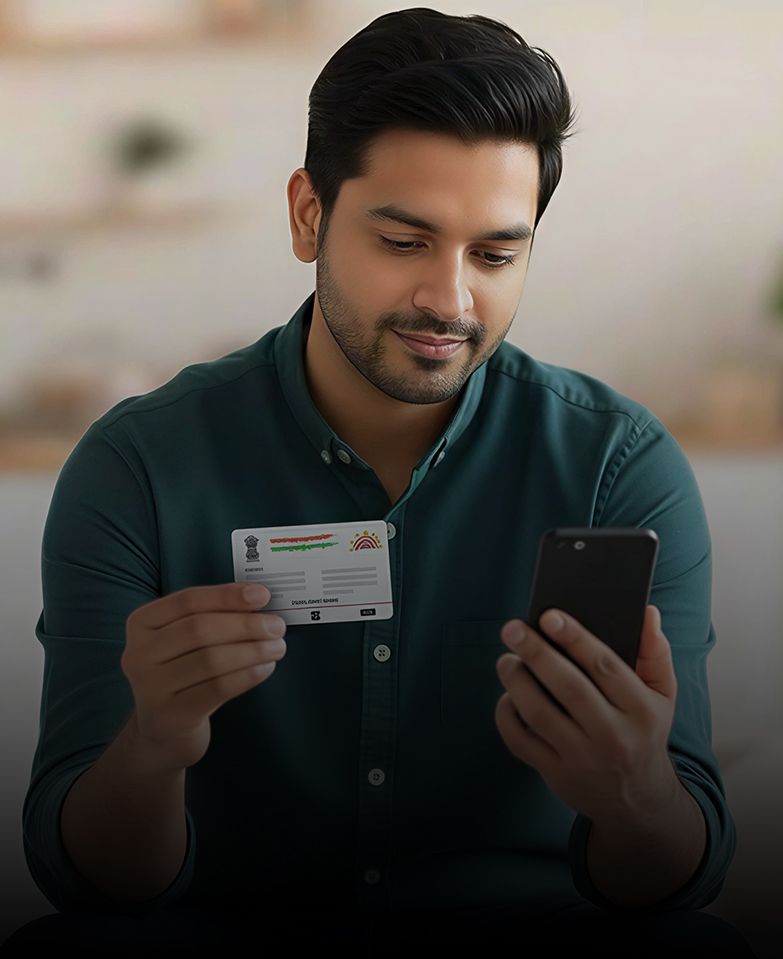
Advantages & Disadvantages Of Mobile Banking
In the digital age, the way we manage our finances has undergone a significant transformation, thanks to the rise of mobile banking. This innovation offers unparalleled convenience, allowing users to handle their banking needs from anywhere, at any time.
However, as with any technological advancement, it's important to weigh both the benefits and the challenges it presents.
This article discusses the advantages and disadvantages of mobile banking, providing a balanced view to help you make informed decisions about using this tool in your daily financial management.
Let's explore what makes mobile banking a preferred choice for many, as well as the considerations to keep in mind.
Mobile Banking Advantages
1. Convenience of Mobile Banking
Mobile banking brings banking services directly to our fingertips, transforming how we interact with our finances. It offers unparalleled convenience, making traditional bank visits for everyday transactions nearly obsolete.
With just a few taps on a smartphone, users can access their account balances, review recent transactions, and more, without stepping foot inside the bank. This digital approach saves time and offers a level of flexibility, allowing users to manage their finances on the go or from the comfort of their homes.
- Instant Account Access: No longer do we need to visit the bank to know our balances or recent transactions. This access changes how we view and manage our money daily.
- Easy Money Transfers & Bill Payments: Transferring money or paying bills has become straightforward, saving time and reducing the need for physical banking or utility visits.
- Always Open: The round-the-clock availability of mobile banking means we're no longer tied to traditional bank hours, offering flexibility unseen in previous generations.
Must Read: What is Mobile Banking and How Does It Work?
2. Enhanced Security Features
In a world where online threats loom large, mobile banking has stepped up its game to protect users. In response to the growing concern over online security, mobile banking has integrated several robust security measures.
- Two Factor Authentication: Adding an extra verification step ensures that accessing our accounts isn't as simple as knowing a password.
- Biometric Security: Using our unique physical traits for access, such as fingerprints or facial recognition, bolsters our banking security.
- Transaction alerts: Immediate updates on account activity help us stay informed and react swiftly to unauthorised actions.
3. Simplifying Savings Account Management
Mobile banking has significantly simplified the management of savings accounts, offering users clear insights and control over their finances. The hassle of dealing with paperwork, a common deterrent for opening or maintaining a savings account, has been largely eliminated.
- Ease of document management: The requirement for documentation, a traditional hurdle, is now more manageable, with direct uploads and clear listings of necessary documents.
- Checking eligibility made simple: Determining eligibility for various banking products is now more transparent, directly impacting our decision-making process.
4. Personalising your Banking Experience
Mobile banking doesn't just simplify transactions; it personalises your banking experience to fit your lifestyle and preferences.
- Customisation and Preferences: Mobile banking apps allow users to customise their interface, deciding what's front and centre. Whether it’s prioritising account views or selecting which alerts to receive, the power is in your hands.
- Goal Setting: These apps aren’t just about tracking spending; they enable you to set and monitor savings goals. It’s like having a financial coach in your pocket, encouraging you towards your financial aspirations.
- Budgeting Tools: Integrated budgeting features help you oversee your spending in real-time. By categorising expenses and offering insights, mobile banking can guide you towards smarter spending habits and savings strategies.
5. Mobile Banking and Digital Inclusion
Mobile banking is important in driving digital inclusion, especially in regions with limited traditional banking infrastructure. By offering banking services on mobile devices, banks can reach a wider audience, including those in remote or underserved areas.
This accessibility is not just about performing transactions but also about opening accounts, applying for loans, and accessing financial services that were previously out of reach.
Must Read: Mobile Banking App & Features
Mobile Banking Disadvantages
However, mobile banking is not without its challenges, highlighting areas where technology and accessibility may fall short.
1. Dependency on Internet Connection
A fundamental requirement for mobile banking is reliable internet, which is not always available.
- Limited accessibility in remote areas: Mobile banking may not be a reliable option for those in less connected regions, underscoring the digital divide.
- Data usage concerns: The reliance on data for mobile banking operations can be a constraint, especially for users with limited data plans.
2. Security Concerns
Despite advances in security, vulnerabilities remain a concern.
- Phishing risks: The phishing threat, where scammers attempt to mimic banking communications, remains a persistent challenge.
- App vulnerabilities: Like any software, mobile banking apps can have vulnerabilities that could potentially be exploited, reminding us of the ongoing need for vigilance.
Conclusion
Mobile banking is a testament to the strides made in financial technology, offering significant advantages in convenience and security. However, acknowledging its disadvantages is essential, as it reminds us of the need for continuous improvement and awareness.
As we work through this digital banking world, understanding these aspects helps us make informed decisions, maximising benefits while minimising risks.
Frequently asked questions
1. Can I open a savings account entirely online with mobile banking?
Yes, you can open a savings account entirely online through mobile banking. You just need your PAN and Aadhaar for verification, and you can complete the KYC process from the comfort of your home without visiting a branch.
2. Is it safe to use mobile banking for financial transactions?
Mobile banking employs stringent security measures like two-factor authentication and biometric verification, making it safe for financial transactions. Regular updates and real-time alerts also contribute to its security, though it's important to stay vigilant against phishing attempts.
3. How do I check my savings account balance through mobile banking?
Checking your savings account balance is straightforward with mobile banking. Once you log in to your mobile banking app, your account dashboard typically displays your balance immediately, or you can navigate to the accounts section for detailed information.
4. What should I do if i encounter an unauthorised transaction in My Mobile Banking App?
If you notice an unauthorised transaction, immediately contact your bank's customer service. It's crucial to report such incidents as soon as possible to secure your account and initiate any necessary dispute processes.
5.Can I pay bills and transfer funds using mobile banking?
Absolutely, mobile banking allows you to pay bills and transfer funds seamlessly. You can set up bill payments, send money to other bank accounts, and even schedule future payments or transfers, all from your mobile banking app.
Popular Searches on Kotak811
Kotak 811 | 811 Super Account | Super Savings Account Fees And Charges | Best Zero Balance Account Opening Online | Super.money Credit Card | Best Credit Card for Online Shopping In India | FD Credit Card | Visa Debit Card | Apply for Image Debit Card | Metal Debit Card | ActivMoney Savings Account | Open Savings Account Online | Savings Account Fees and Charges | Check Your CIBIL Score | Reactivate Dormant Account Online | Digital Savings Account | Apply for Personal Loan Online | Personal Loan for Education | Personal Loan For Marriage | Personal Loan For Medical Emergency | Personal Loan For Travel | Unsecured Personal Loans | Complete Guide on Fixed Deposit (FD) | Unfreeze Your Bank Account | How To Find Your Bank Account Number | How To Unfreeze Frozen Bank Account | How To Reactivate An Inactive Or Dormant Savings Account | What Is A Passbook | Zero Balance Current Account Opening Online | Zero Balance Current Account Fees & Charges | How To Get Airport Lounge Access On Debit Card | 811 Mobile Banking App
This Article is for information purposes only. The views expressed in this Article do not necessarily constitute the views of Kotak Mahindra Bank Ltd. (“Bank”) or its employees. Bank makes no warranty of any kind with respect to the completeness or accuracy of the material and articles contained in this Newsletter. The information contained in this Article is sourced from empanelled external experts for the benefit of the customers and it does not constitute legal advice from Kotak. Kotak, its directors, employees, and contributors shall not be responsible or liable for any damage or loss resulting from or arising due to reliance on or use of any information contained herein.
Share




